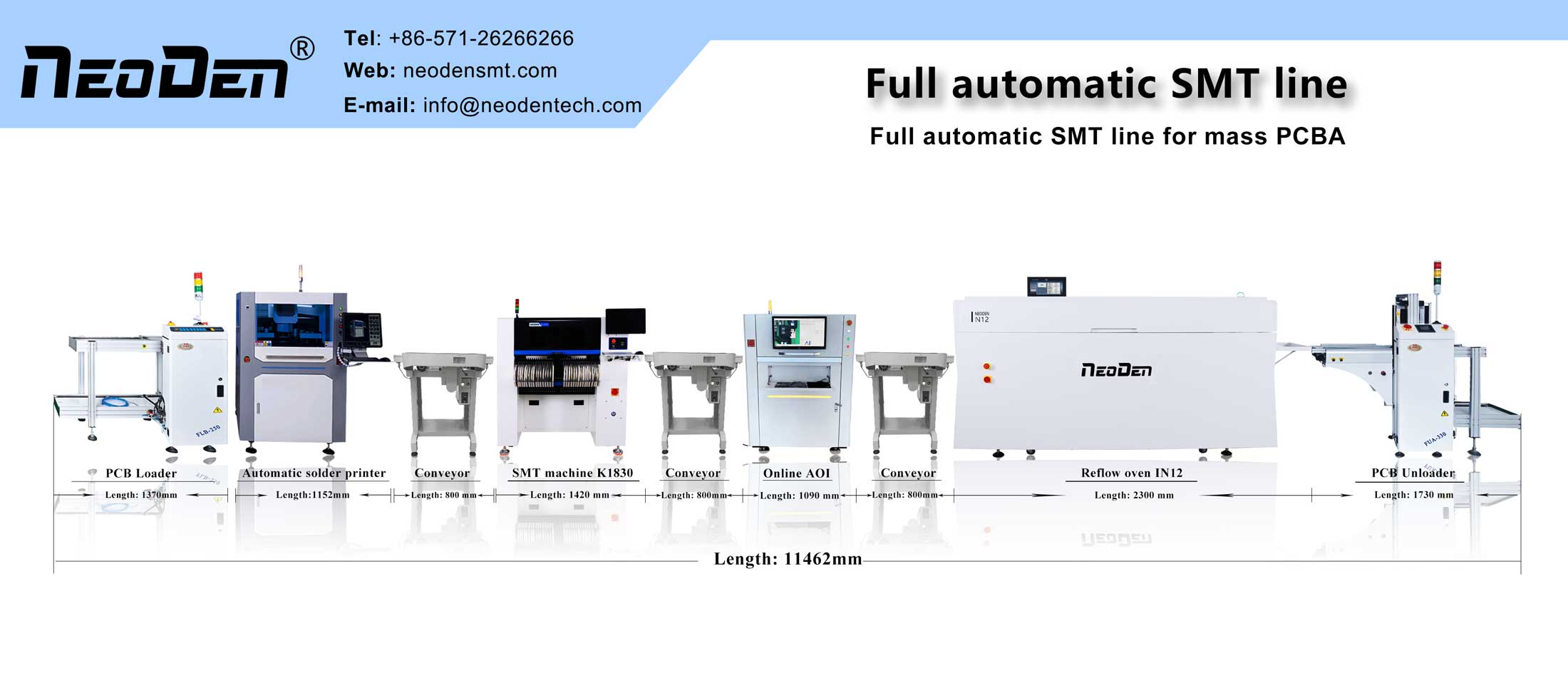Assembly speed
Wave soldering machine is known for its increased throughput, especially when compared to manual soldering. This faster process may be a significant advantage in a high volume PCB production environment. On the other hand, the overall assembly speed of reflow soldering may be slower. However, this depends on the complexity and size of the PCB, as well as the components being soldered.
Component compatibility
Although wave soldering machine can be used for both through-hole and surface mount components, it is usually more suitable for through-hole technology. This is due to the nature of the wave soldering process, which requires exposure to molten solder. Reflow soldering machine is more commonly used for surface mount technology as it uses a non-contact method and is ideal for smaller and finer components in SMT.
Quality and reliability
Due to the non-contact nature of reflow soldering, it provides better solder quality for surface mount components. This helps to reduce the likelihood of component damage and the creation of solder bridges. In contrast, wave soldering can sometimes create solder bridges, which can lead to short circuits and potential electrical problems. In addition, wave soldering may not be as effective for fine pitch components as it can be challenging to achieve consistently accurate soldering results.
Cost factors
The cost of wave and reflow soldering systems can vary considerably depending on a number of factors, including the initial investment, ongoing maintenance and the cost of consumables (solder, flux, etc.). Wave soldering equipment usually has a lower initial investment cost, while reflow equipment can be more expensive. Maintenance costs for both processes should also be considered, with reflow systems likely to require more frequent maintenance due to the complexity of the equipment. The choice between wave and reflow soldering should be based on a thorough cost-benefit analysis, taking into account the specific needs of the production process, the volume requirements and the type of components used.
Features of NeoDen IN12C reflow oven
1. Built-in welding fume filtration system, effective filtration of harmful gases, beautiful appearance and environmental protection, more in line with the use of high-end environment.
2. The control system has the characteristics of high integration, timely response, low failure rate, easy maintenance, etc.
3. Unique heating module design, with high precision temperature control, uniform temperature distribution in the thermal compensation area, high efficiency of thermal compensation, low power consumption and other characteristics.
4. The use of high-performance aluminum alloy heating plate instead of heating tube, both energy-saving and efficient, compared with similar reflow ovens on the market, the lateral temperature deviation is significantly reduced.
5. Intelligent control, high-sensitivity temperature sensor, effective temperature stabilization.
6. Intelligent, integrated with the PID control algorithm of the custom-developed intelligent control system, easy to use, powerful.
7. Professional, unique 4-way board surface temperature monitoring system, so that the actual operation in a timely and comprehensive feedback data, even for complex electronic products can be effective.
Post time: May-25-2023

